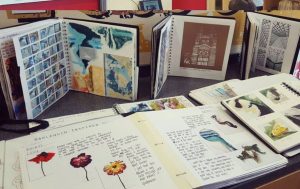The laws of copyright

You have to consider many factors when it comes to the laws of copyright such as; protecting yourself, protecting others and licensing. It is your responsibility to understand as much as you can about the laws that apply to the area in which you’re working, in order to protect yourself and others.
What is copyright? Copyright gives the photographer the exclusive rights to control the use of their work and, copyright gives the copyright owner the ability to pursue those who have made unauthorised copies of their work. In the UK, the copyright is assigned to the author of the work as soon as it is created but, always check the copyright laws in the country you are working in as they are not all the same.
What does copyright prevent? Having the copyright prevents others from; copying or distributing your work, renting copies of your work, making adaptions of your work and putting your work online.
How do I stop people from using my work? If you post your work online there are many ways of stopping others from using your work such as; you can reduce the file size so that it can’t be printed and you can add a watermark. You can also assert your copyright and you can assert your moral rights. Your work is automatically copyrighted whether you assert it or not, however your moral rights must be asserted for them to apply.
At the end of the day, always read into the copyright laws in your country in order to understand and follow them properly.



Recent Comments